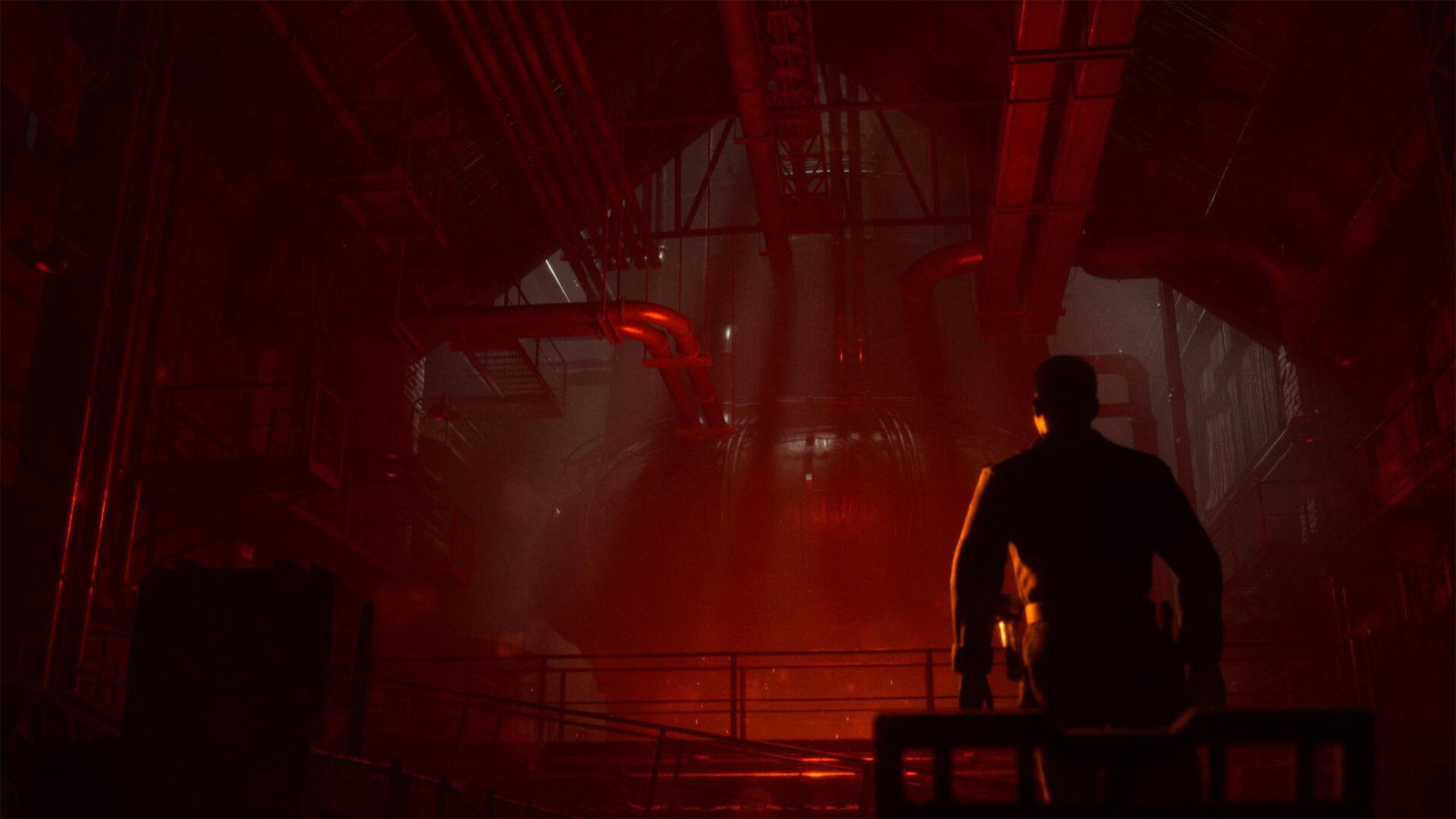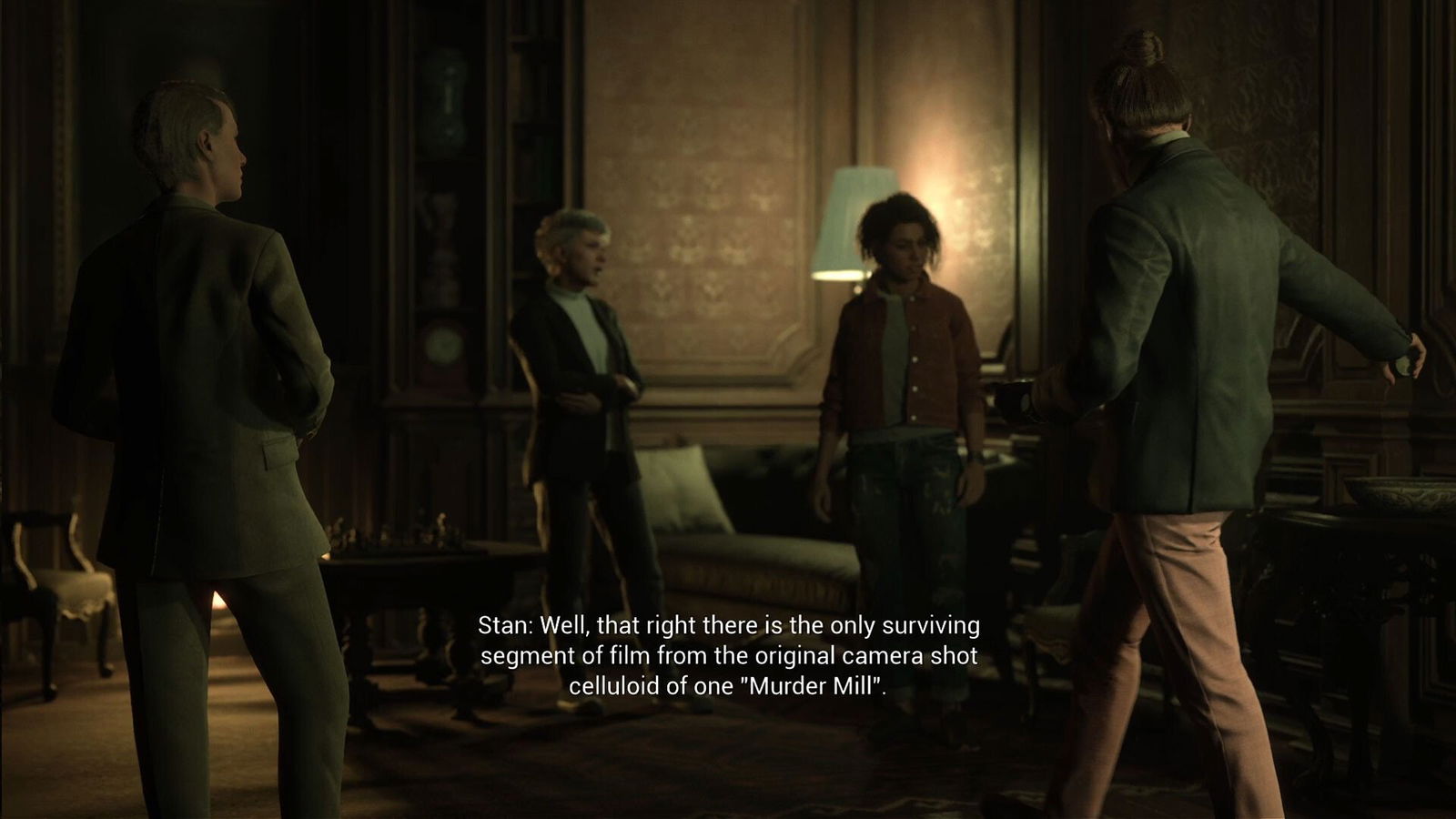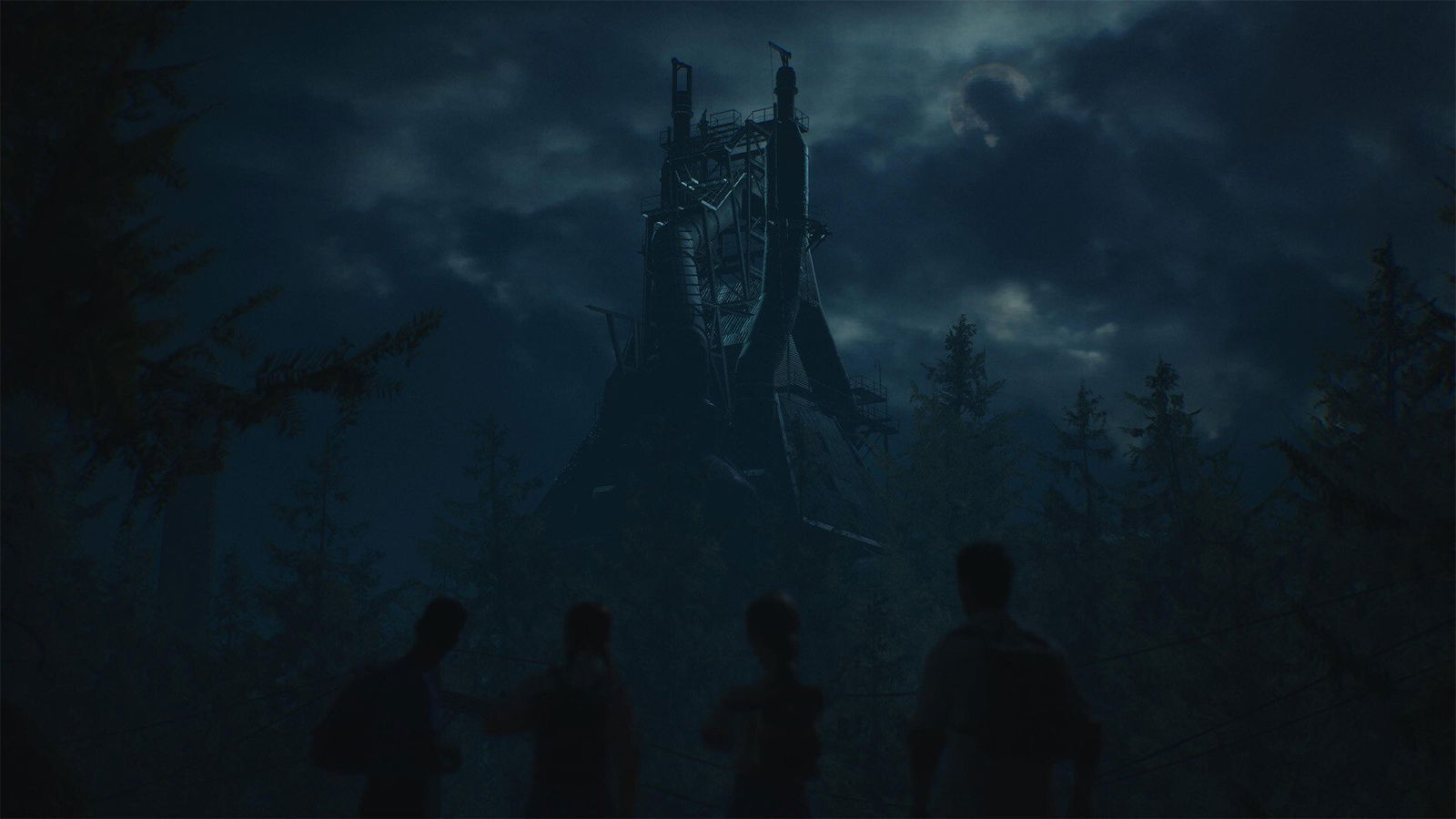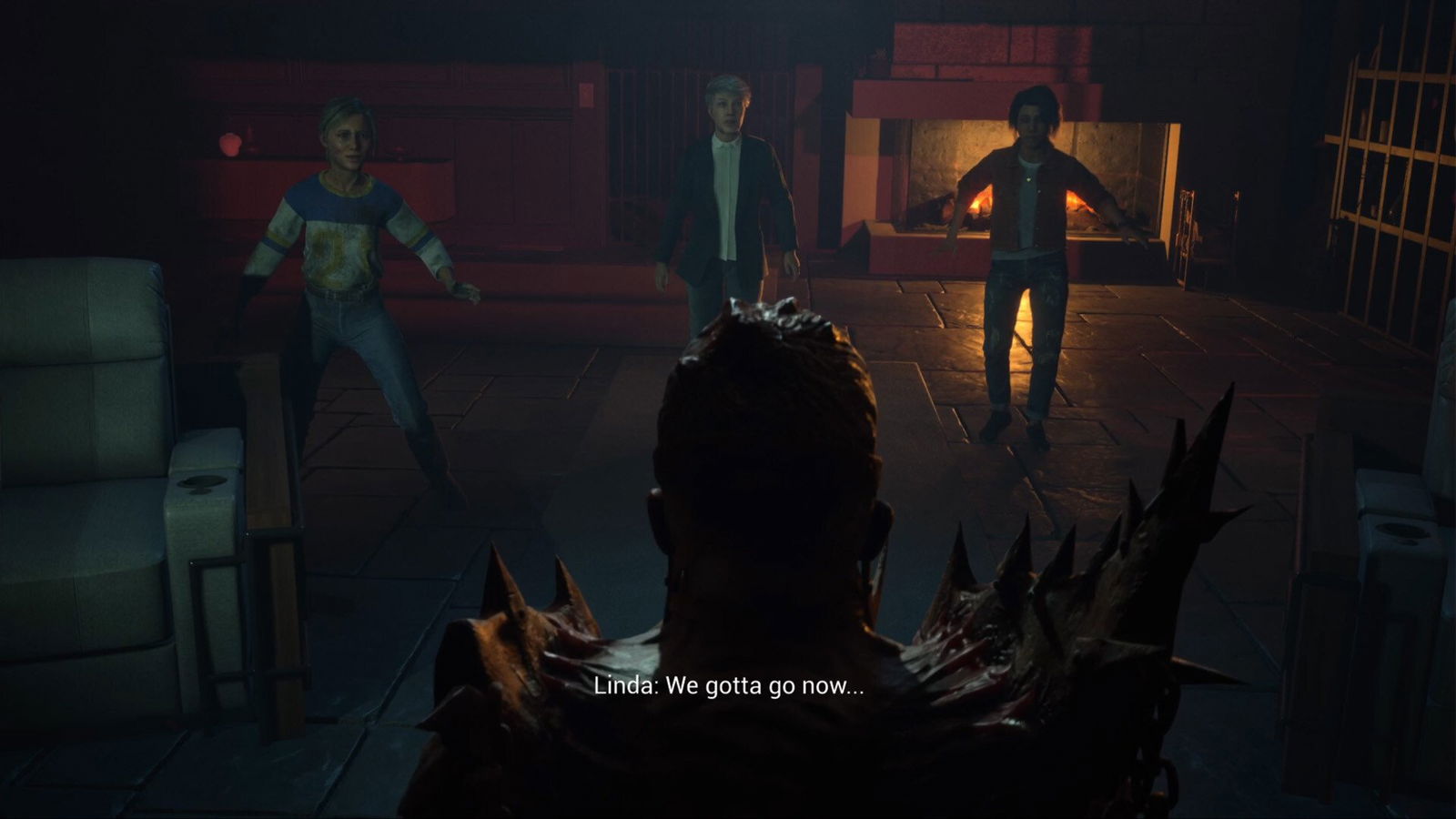
2024-09-04 14:15:02
When I sat down to take a first look at The Casting of Frank Stone, I was initially hooked. It had been so long since I played a Telltale-style, choice-based interactive movie like this that I was genuinely excited to see how everything proceeded. Not only that, but as someone who didn’t get crazy deep into Dead by Daylight, I was interested to see how this game would flesh out the world.
The Casting of Frank Stone is a curious little experience. There’s so much to like about it, and so much I genuinely don’t. And while I don’t think I’ll be going back to it to see how things might have turned out differently, it certainly compelled me to stick with it right to the very end—which is something not a lot of games tend to do.

I touched on the story briefly in my preview, but I don’t think I was prepared for how wildly it was going to veer in crazy directions. While the basis of the narrative involves a killer named Frank Stone, who is ultimately gunned down at the beginning of the game, it’s actually a little more complicated than that. Jumping to the 1980s, the story involves a group of teens who are filming a horror movie which, pulled in by the machinations of a woman named Augustine Liber, accidentally releases the spirit of Frank Stone.
However, through the use of a strange camera, they are able to trap the vengeful spirit in celluloid and vow to separate it, ensuring it cannot be unleashed on the world ever again. Flash to 2024, and a group of strangers are called to a mysterious mansion by the same Augustine Liber—each said to possess a portion of a strange film. Little do they know that this invitation might be to their ultimate doom.
In true Supermassive fashion, The Casting of Frank Stone feels like a B-movie from top to bottom. It’s got a macabre sense of humour as it’s filled with hammy characters you almost want to see die, and it has a certain cheesiness to it that makes it profoundly enjoyable. Not only that, but it also provides a simple framework for the plot of Dead By Daylight for anyone who may not have played it. However, if I have any criticisms of the story, it’s that it could have used a bit more focus, or perhaps a bit more tightening.


A lot of in-service to the “Die Together” game mode—which we’ll get to later—so the narrative does a little too much jumping around between the two time periods and characters and ends up feeling a bit more unnecessary than disorienting. This rapid shift makes The Casting of Frank Stone’s story feel somewhat rushed as certain plot points—or choices that you think are going to affect the plot—don’t really go anywhere, and other things just change on a whim. It’s hard to tell how much of this was intentional.
As I mentioned in my preview, the gameplay is more or less the standard Supermassive affair. While players will explore spooky environments and do some light puzzle solving, the bulk of the game is driven by character interactions where making choices can affect how players feel about you and how the story progresses. While this felt fairly rudimentary when I started the game, the longer I played the more those old familiar annoyances began to creep in.
Players all have relationships with each other, and certain choices can affect how they feel about you, but so often, it felt like making rational, practical decisions would result in a lowered relationship rating. At one point, when I dared to question the motives of why Augustine Liber had called the three characters to her mansion, I was hit with a “Madison was disapproving of your suspicions.” And I sat there thinking, “We’re in a creepy mansion with a person who hasn’t exactly been forthright with us. I don’t really care how you feel about my suspicions, Madi; WE’RE IN A SUSPICIOUS SITUATION!”


Furthermore, The Casting of Frank Stone suffers from the problem of binary choice options, never really giving the players tangible options to deal with the situation, which bleeds into the game’s desire for the player to explore and find certain tidbits of information. Every time I found something and was given a prompt as to how it might be useful, it almost never came up or resulted in a lowered character score.
“Like I said in my preview, The Casting of Frank Stone finds a way to implement the gameplay of Dead By Daylight into this experience in a way that’s both campy and fun.”
It creates a somewhat unnecessary problem where the game wants players to explore and makes them think doing so will give them an edge in conversation, but makes it pretty clear fairly quickly that it doesn’t thus disincentivizing exploration. This is where that aforementioned rush feels present in the gameplay as well. In a lot of ways, The Casting of Frank Stone could have done better with a bit more linear design.
There’s this kind of omnipresent need to explore areas, but the only reason to do so is to collect trinkets or references to Dead By Daylight. This is so apparent that players can be in the middle of talking, and if you veer off the path to explore, they’ll just stop mid-sentence, and when you get back, they’ll say something like, “So as I was saying…” and just pick up at the start of the dialogue.


And for this reason, I felt myself getting pulled out of The Casting of Frank Stone pretty frequently. If the exploration had felt a bit more naturalistic and focused, it could have resulted in a much more effective experience. And this was genuinely upsetting because there are moments where the game REALLY works. Like I said in my preview, The Casting of Frank Stone finds a way to implement the gameplay of Dead By Daylight into this experience in a way that’s both campy and fun.
Outside of the QTEs, I couldn’t help but laugh when I had to repair a generator a couple of times; but there were a handful of moments where players are trapped in a room where Frank will appear randomly and they need to focus a video camera on him in order to temporarily stop him while exploring or searching for generator parts.
The only issue with these parts is that stopping Frank is a little too easy, and he never feels like the threat he could be. There are multiple places in the room where players can squeeze through gaps or crawl under structures, but they never really come into play. But you can definitely see where, with a bit more work and a bit more time these could have been incredibly effective sequences that felt true to this experience, as well as the mainline Dead by Daylight.


Not only that, when—in the final moments of the game—The Casting of Frank Stone combines the cinematic elements with the QTEs and timed generator repair when a monstrous version of Frank pursues you through the mansion, it feels so incredibly tense, desperate, exciting and even scary at times. This kind of gameplay style really lends itself well to the horror experience, even a campy one, because needing to make split-second decisions in a life-or-death scenario is incredibly engaging.
“While I can’t say it does everything right, especially compared to Supermassive’s other games, The Casting of Frank Stone did exactly what it needed to.”
Lastly is the “Die Together” mode—I told you we’d get to it—which is a couch co-op mode where two to five players can be assigned one of the five playable characters, and when it’s their turn to play, they pass the controller off. It feels kind of functionally pointless because of the way the game jumps characters so often you could just do this in the standard “Die Alone” version. And I can’t help but think if players were going to do that anyway, the game could’ve been designed a bit more tightly around fewer characters.


It ends up as a mechanic that feels somewhat meta, and I don’t know if it was intentional. Like, Dead By Daylight is a five-player game, so this game worked in a mode that five people could play? But in the end, I can’t help but feel like the game suffers for it due to the aforementioned rapid-fire narrative shifts.
On the technical side, I don’t know if this is exclusive to the PlayStation 5 version but The Casting of Frank Stone is a bit of a mess. It can be a bit janky with how characters move relative to one another resulting in a few times I got stuck while they blocked doorways. Certain interactable objects have very precise trigger spaces and you need to position yourself perfectly in order to get them to work.
There were quite a few noticeable graphical glitches and physical ones—my favourite was when a character from the 1980 cast just appeared in one of the ending cinematics for no apparent reason. I also noticed quite a few spelling mistakes in some of the game’s text. It’s just another way the game feels a bit rushed and could’ve done with some extra polish.


Although I will say if there’s one reason to play through The Casting of Frank Stone it’s the ending. I won’t give away what it is specifically, but it actually comes together in such a way to connect it to Dead By Daylight that when I realized what it was doing I was HOWLING with laughter. Seriously, it’s bonkers.
While I can’t say it does everything right, especially compared to Supermassive’s other games, The Casting of Frank Stone did exactly what it needed to. It can be a frustrating experience at times, but it was at least an interesting one, and compared to some of the games I’ve reviewed recently, I’ll certainly take that over mediocre.




